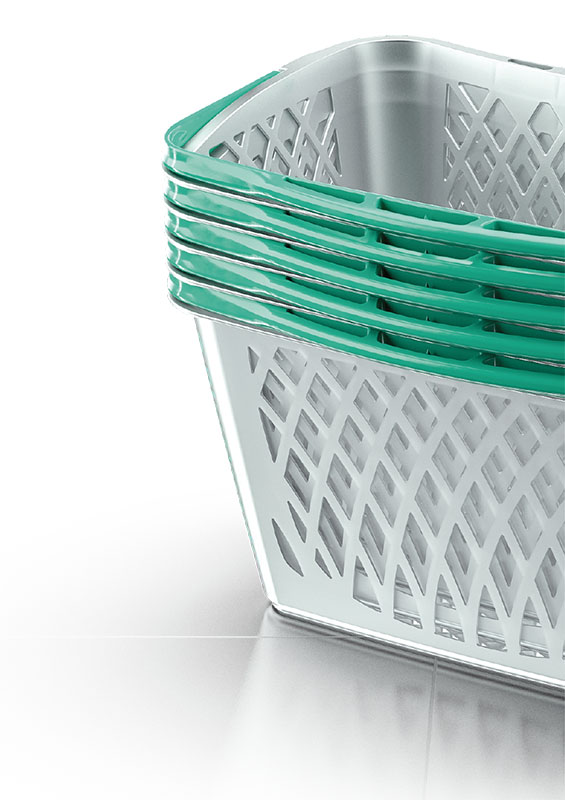

لماذا المضافات المضادة للجراثيم؟
إنَّ مضادات الجراثيم هي مواد قادرة على عكس نمو وتكاثر البكتيريا النشطة الأيضية. تتألف من الجراثيم المانعة للنمو وبذلك تعيق انتشارها، ومبيدات الجراثيم التي تقتلها.
ويستطيع “بلاستمارك كلين” (Plastimark® Clean) أن:
- يقلل شحنة البكتريا حتى 2000 مرة
- يحسن السلامة الميكروبية للعربة
- يحد من التبادل البكتيري بين المستخدمين
ما هي “بلاستمارك كلين” (Plastimark® Clean)
يؤدي الاستعمال اليومي للعربات والسلال من المتسوقين إلى تكاثر البكتيريا التي تنتقل عن طريق التماس المباشر من مستخدم إلى آخر.
متسلحة بهذا الوعي، ان شركة “بلاستمارك” (Plastimark®)، والتي تركز دائمًا على القضايا البيئية وعلى البحث عن حلول ابتكارية، كانت الرائدة بإضافة عنصر فعَّال إلى المادة البلاستيكية لها فعل مضاد للبكتيريا باستخدام إطلاق (تحرير) أيونات الفضة باستمرار مع مرور الوقت. ويمكن استخدام “بلاستمارك كلين” (Plastimark® Clean) لإنتاج مقابض السلال + وأجسام ومقابض العربات.
وقد أظهرت التحاليل المخبرية التي أُجريَت أنَّ “بلاستمارك كلين” (Plastimark® Clean) قادر على تقليل الشحنة البكتيرية حتى 2.000 مرة مقارنة بنفس المواد بدون إضافات.
وضمن مجموعة العربات، يتوفر “بلاستمارك كلين” (Plastimark® Clean) للعربات:
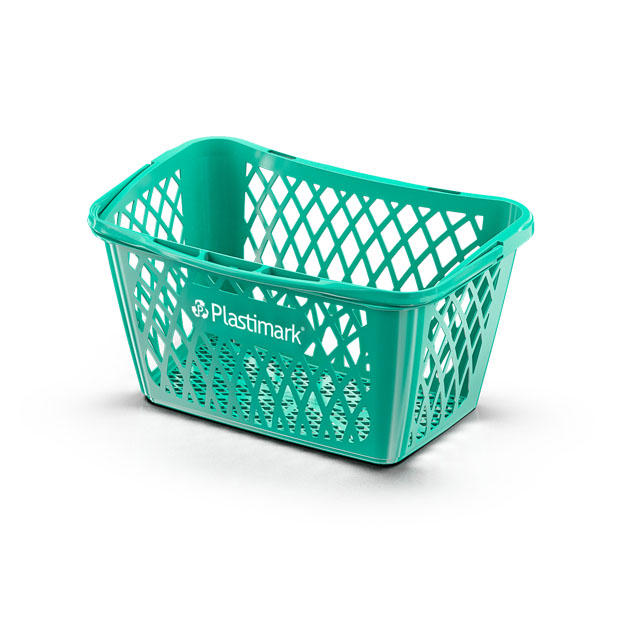
Minityko
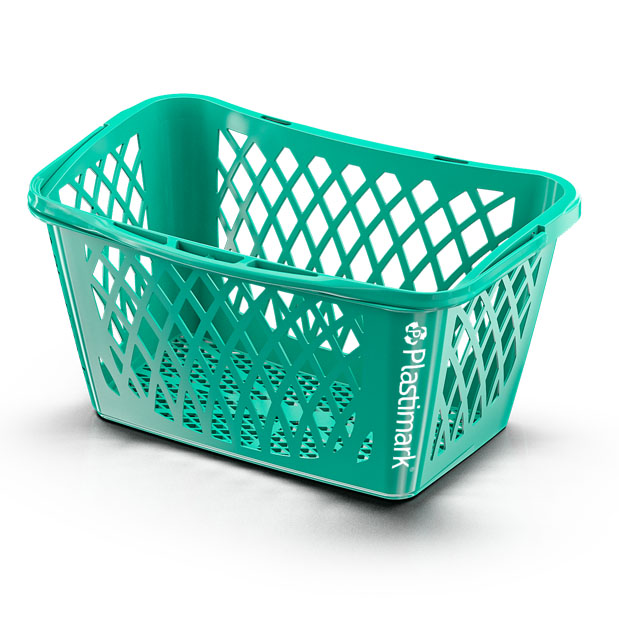
Tyko
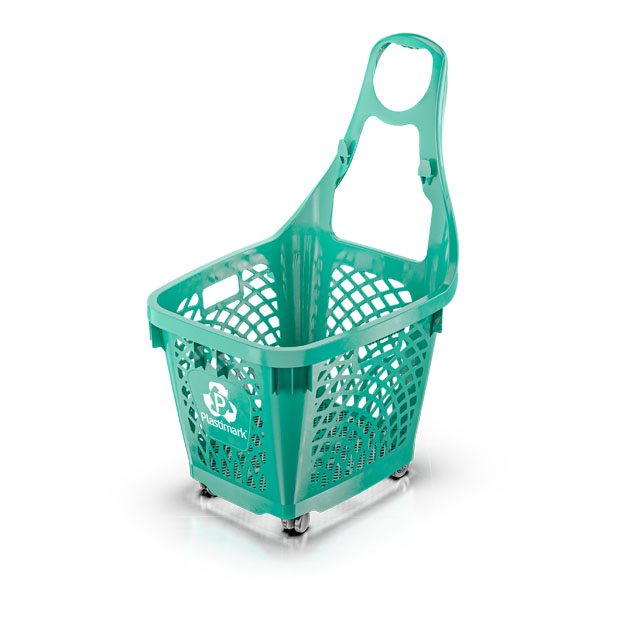
Maxityko
ضمن مجموعة العربات، يتوفر “بلاستمارك كلين” (Plastimark® Clean) لمقابض:
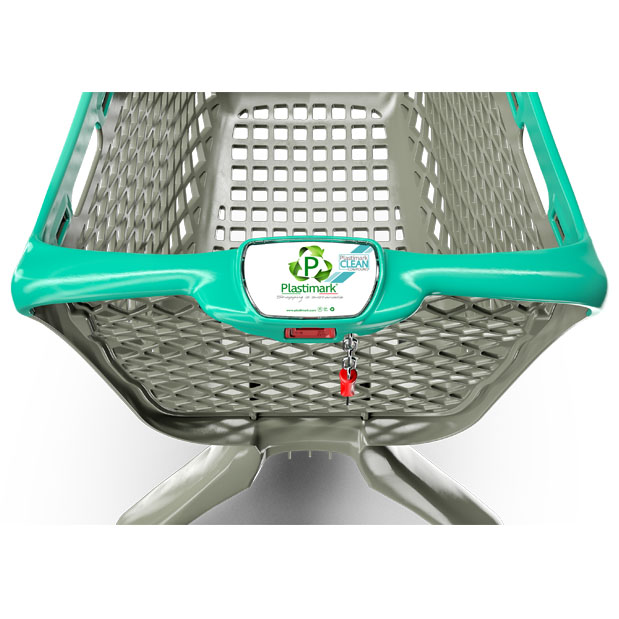
Pleasy
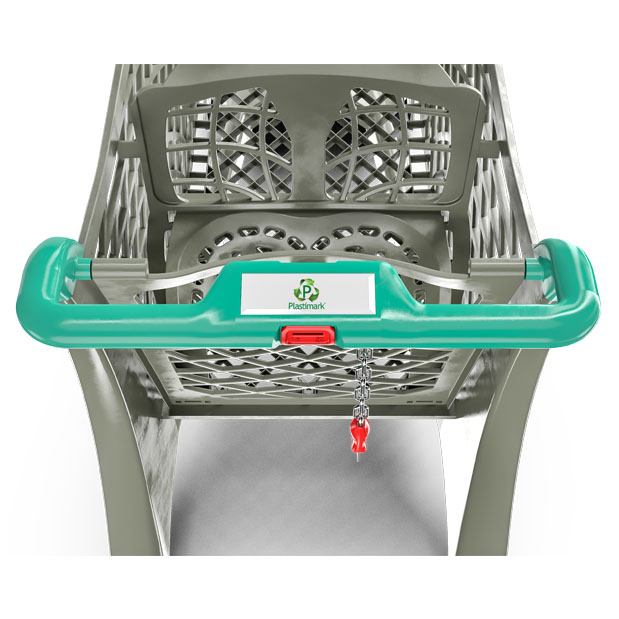
City
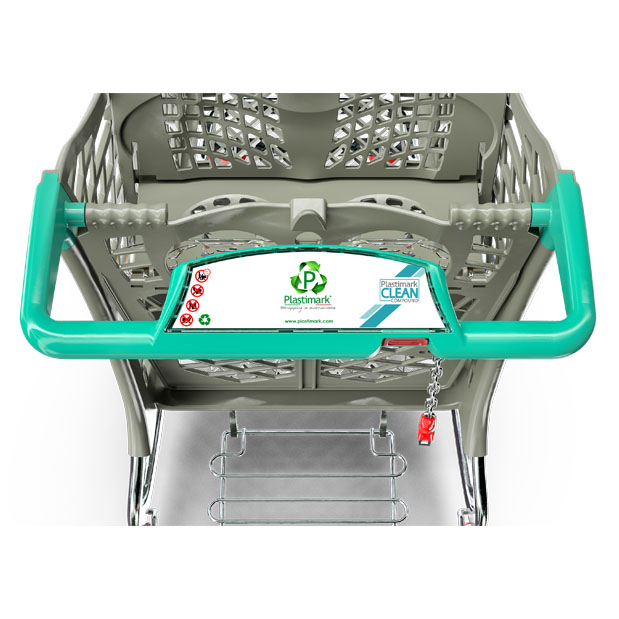
Hybrid Super

Hybrid Iper
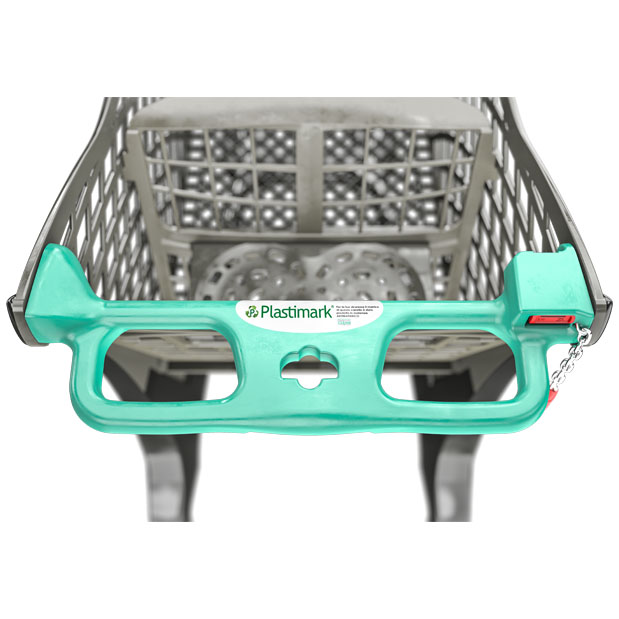
Duka
